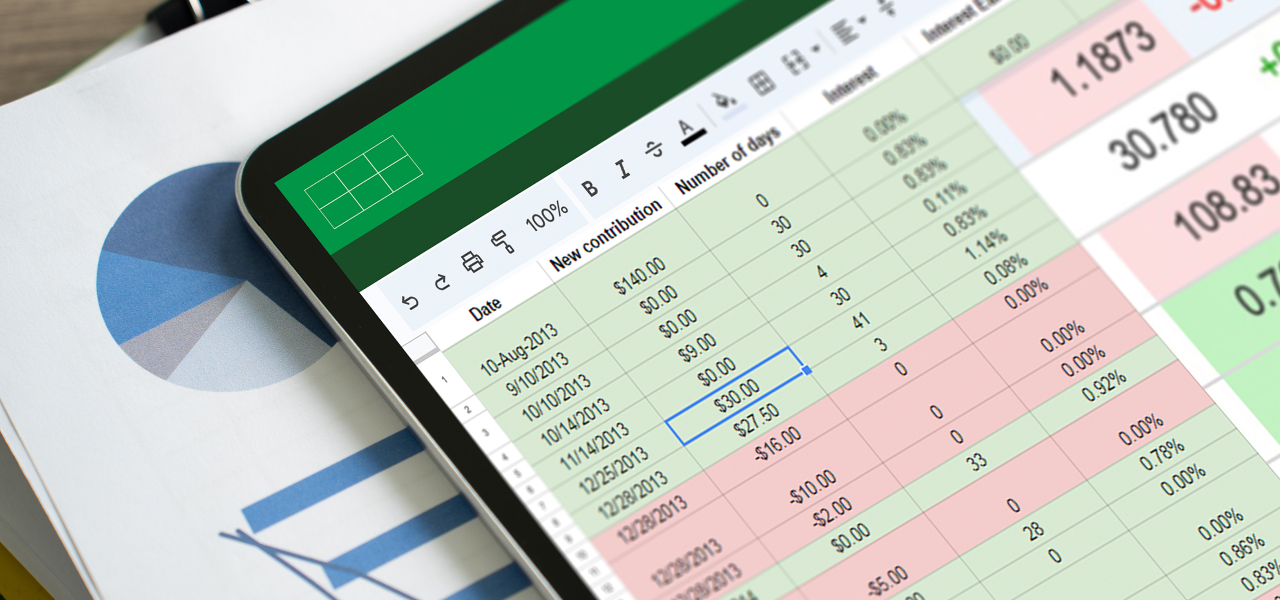Picture a financial utopia where deals zip through at lightning speed, assets bend to your will like a smartphone app, and every move shines with crystal-clear transparency. That’s the electrifying promise of tokenization platforms such as forward-thinking family offices. But while the front office basks in this dazzling vision, the back office is scrambling to keep up. The machinery that powers finance—think accounting, reporting, compliance—is groaning under the weight of blockchain’s relentless tempo.
Tokenization platforms such as Securitize, Oasis Pro, and Provenance promise a modern finance stack with instant settlement, transparent ledgers, and programmable features. Big names including BlackRock and Hamilton Lane have already tokenized flagship funds. Yet the promise collides with a stubborn reality. Back-office systems designed for batch processing and static files must now digest twenty four seven blockchains that never pause. The following sections unpack the main operational headaches that investment managers, fund administrators, and custodians face when digital assets hit their books.
Integration with Legacy Systems and Data Silos
Trading engines, general ledgers, compliance databases, and investor portals were built for flat files and relational tables. Blockchains deliver Merkle proofs, hexadecimal hashes, and eight decimal precision. No universal adapter exists, so teams wire custom middleware for every new chain or exchange. A single Ethereum sidechain can require forty bespoke mappings before the nightly reconciliation script stops throwing errors. Fragmented infrastructure lingers because capital raising, trade capture, and investor recordkeeping still live in separate tools. Each additional token standard multiplies the integration burden and invites manual workarounds that raise error risk.

Real Time Operations versus Batch Culture
Blockchains close a block in seconds. Traditional fund accounting closes the day at five in the evening. Continuous settlement means net asset value can change between coffee sips. High frequency crypto strategies might log a million trades in a month, flooding reconciliation queues that once handled a few thousand. Without new streaming architectures, exposure limits, liquidity metrics, and risk reports grow stale the moment they are issued.
Valuation and Pricing Difficulties
Digital assets cover a spectrum from highly traded coins to thinly traded real estate tokens. Price discovery can swing dramatically across fifty venues, and spreads widen on weekends. Real world asset tokens stack an off-chain valuation—an appraisal, a loan tape, a private equity NAV—on top of on-chain liquidity. Back-office teams juggle oracle feeds, exchange snapshots, and manual price overrides to satisfy fair value rules. Older ledgers choke on the required decimal depth and on intraday price updates, making balance sheets drift from market reality.
Evolving Accounting Standards and Policies
Until late twenty twenty-three, United States GAAP treated crypto as an indefinite lived intangible. Impairments booked downward moves, upward moves stayed off the income statement. New guidance now allows fair value measurement, yet stablecoins, NFTs, staking rewards, and DeFi notes remain undefined. Controllers write policy memos in pencil because standards keep moving. Global groups must align divergent IFRS interpretations across subsidiaries, turning close-the-books week into a game of whack-a-rule.
Regulatory Compliance and Reporting Challenges
Every jurisdiction adds its own twist. Transfer agents must freeze unvetted transfers. Securities regulators want beneficial ownership tallies. Tax authorities track cost basis for airdrops, forks, and gas fees. Public blockchains permit twenty four hour asset movement, so compliance logic often migrates into smart contracts and off-chain approval queues. Mapping wallet addresses to real identities and consolidating data from multiple exchanges becomes a forensic exercise that legacy tools never anticipated.
Custody, Security, and Control of Digital Assets
Private keys replace paper certificates and brokerage accounts. Lose the key, lose the asset. Institutions adopt multisignature wallets, hardware modules, and key rotation schedules that sit outside enterprise resource planning controls. Commingled omnibus wallets blur client segregation, forcing shadow sub-ledgers that track fractional ownership to the satoshi. Settlement finality removes the safety net of trade cancels, so firms draft playbooks for mis-sent transactions, often involving legal affidavits or replacement tokens.

Audit and Assurance Obstacles
Auditors now request cryptographic proof of wallet control instead of bank confirms. They cross-check on-chain explorers, exchange exports, and custody reports to ensure transaction completeness. Bytecode joins the audit trail alongside invoices. Many enterprise systems lack modules for approving or logging crypto transactions, so management layers ad hoc controls that auditors scrutinize closely. Without crypto-native analytics, firms risk material weaknesses or qualified opinions.
The Path Forward
Blockchain’s rewriting the capital markets script, but the back office is still scrambling to learn its lines. Firms see the drill. Every cog, from data links to audits, needs a reboot for tokenized assets. That’s why they’ve stacked their deck with a full-service platform, plugging holes where old systems sputter. The hurdles sting. Real-time demands crush legacy flows, valuations twist like a riddle, and compliance feels like a tightrope walk. Yet the fix is brewing and crypto-smart software, sharper rules, and regulator powwows are paving the way. The trek to a blockchain-ready back office unfolds live, and though the climb’s steep, the payoff is a slick, airtight financial engine.








